From Waste To Wonderful
Dried flowers, agro waste get a fresh lease of life
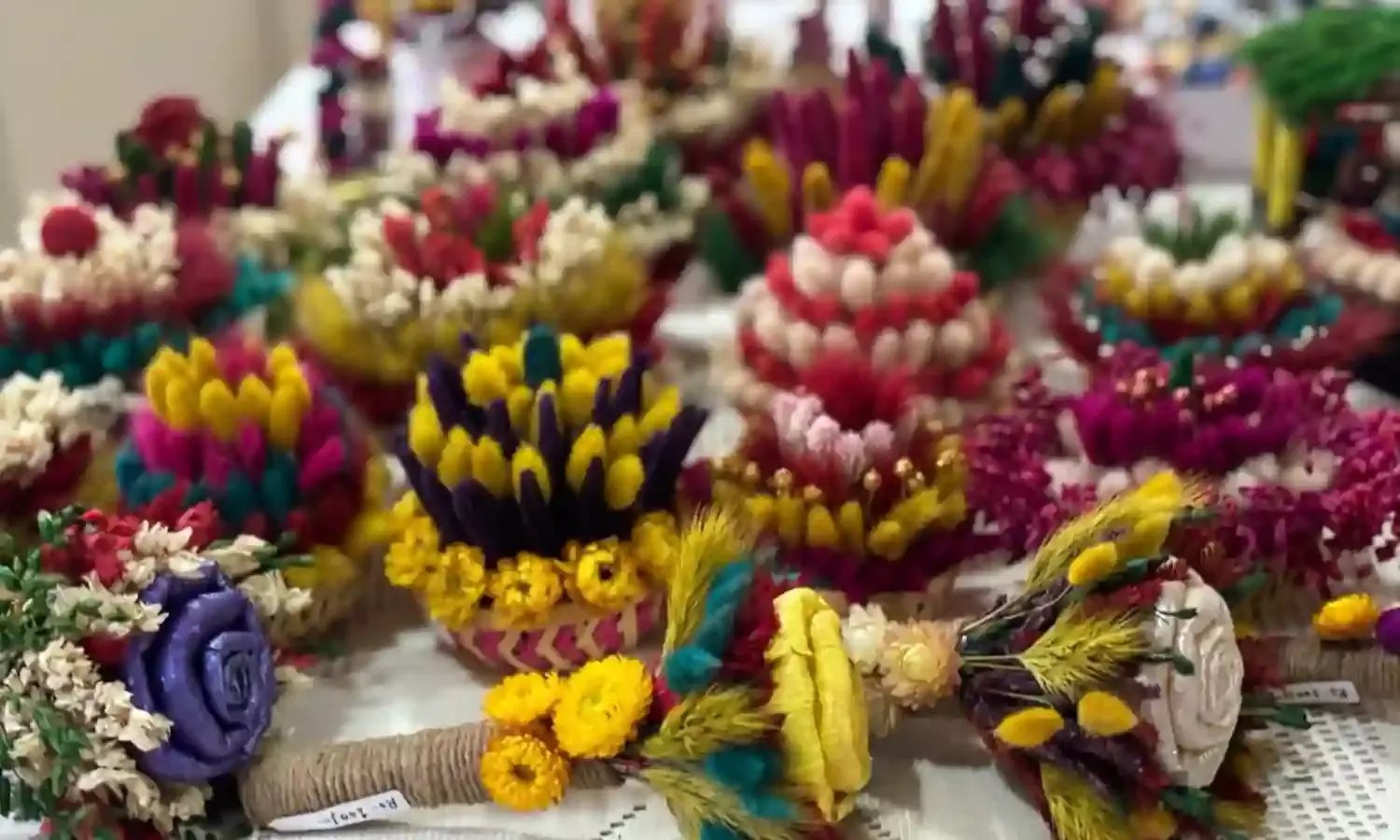
At the dry flower lab of the floriculture and landscape architecture department at Dr. Y. S. Parmar University of Horticulture and Forestry, waste is converted into beauty. The varsity is located in Solan district of Himachal Pradesh.
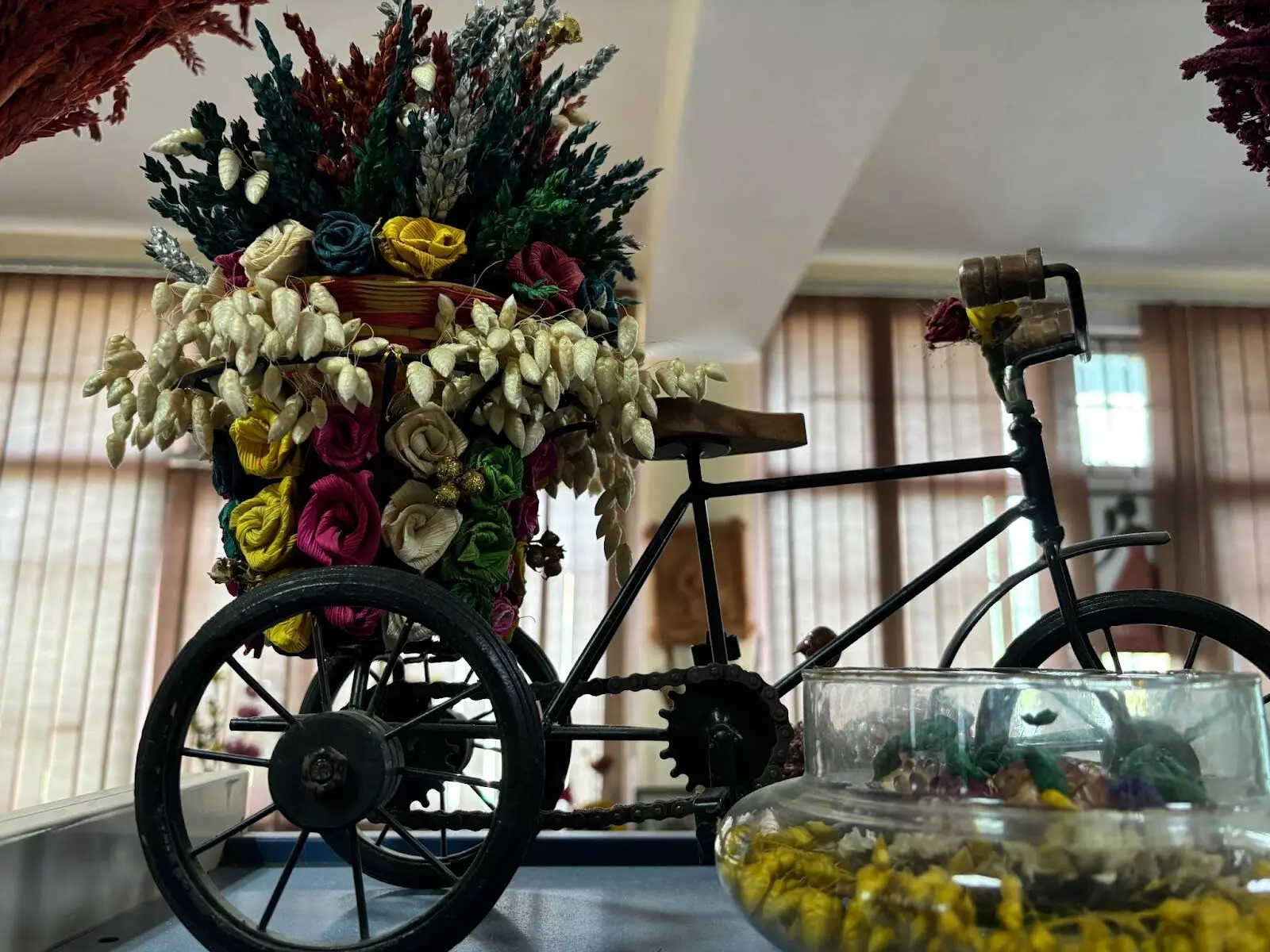
Here, value addition is carried out with the help of waste materials to create attractive flower bouquets, baskets and many kinds of dry flower-based decorative items.
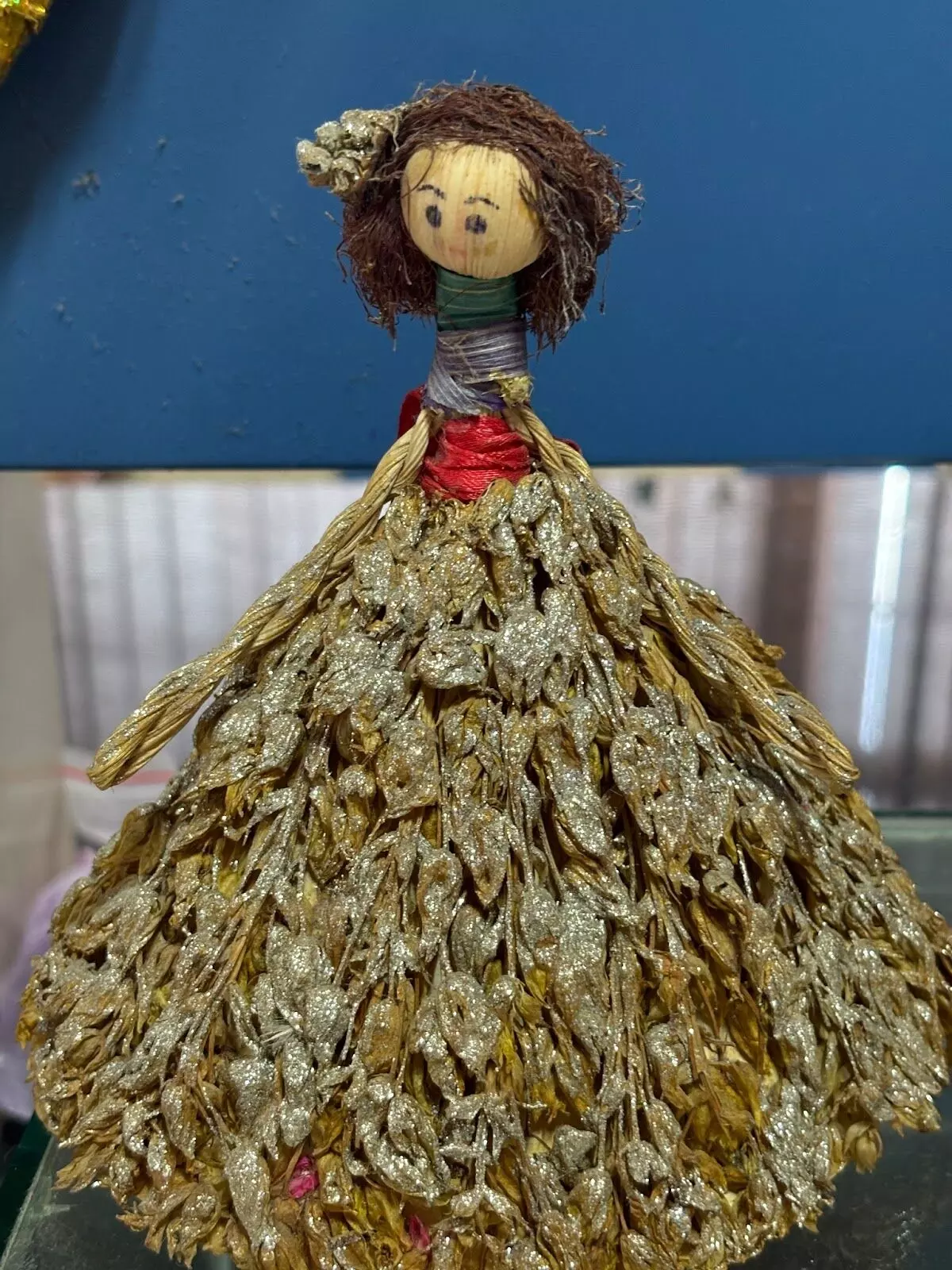
Waste from loofah, bamboo and dates is used. In one instance, peels have been used to make a doll. The lab space is full of various kinds of colourful grasses, and pine cones. While some hang from walls, others are kept in vases.
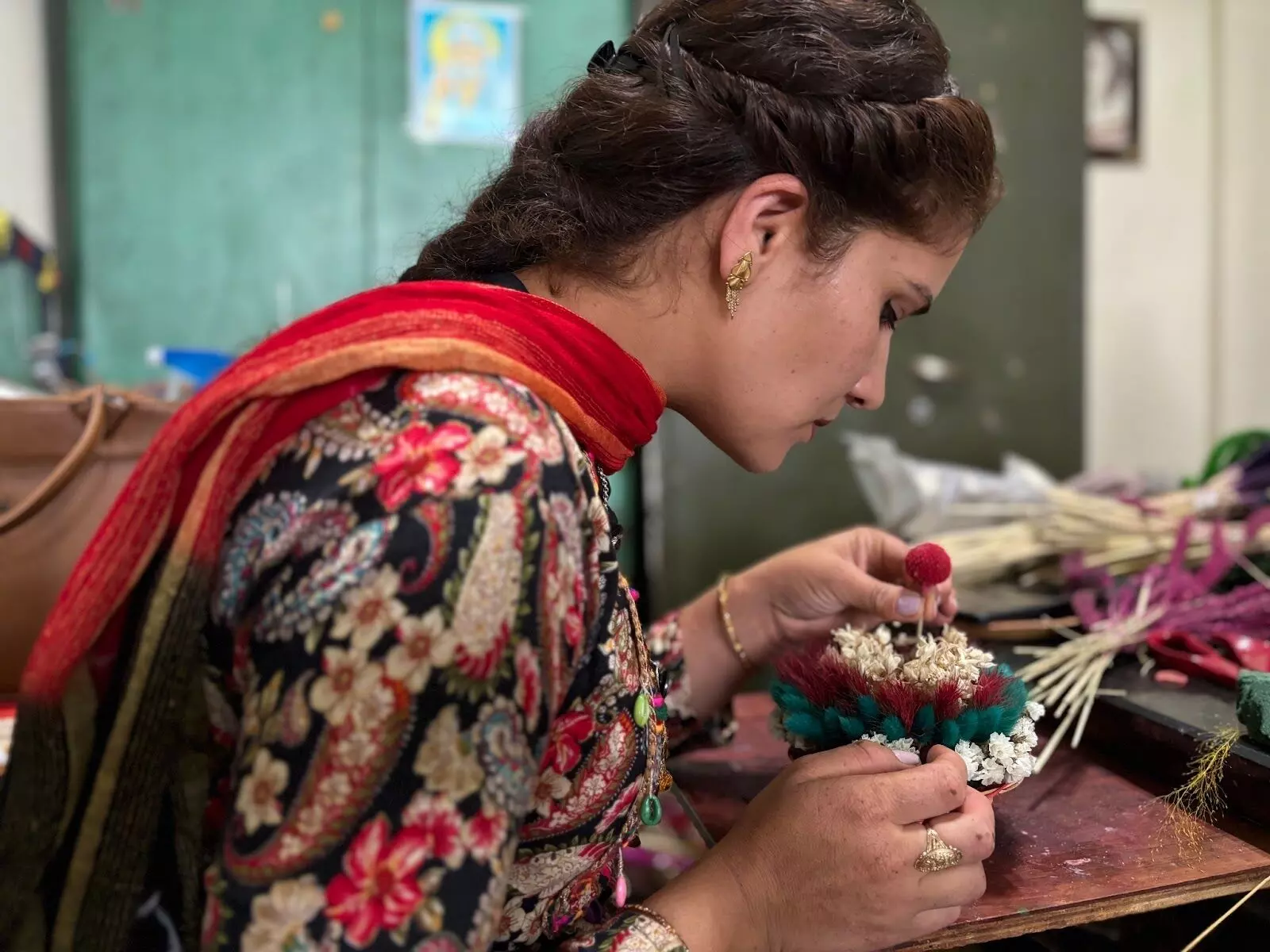
India has a viable industry in dry flowers, said young professional Sabhya Pathania. Pathania, is a part of the team that works here under associate professor Bharati Kashyap.
Kashyap specialises in commercial floriculture, landscaping, drying and value addition. Apart from dry flower items, herbal gulal is also made here from flowers without the addition of chemicals.
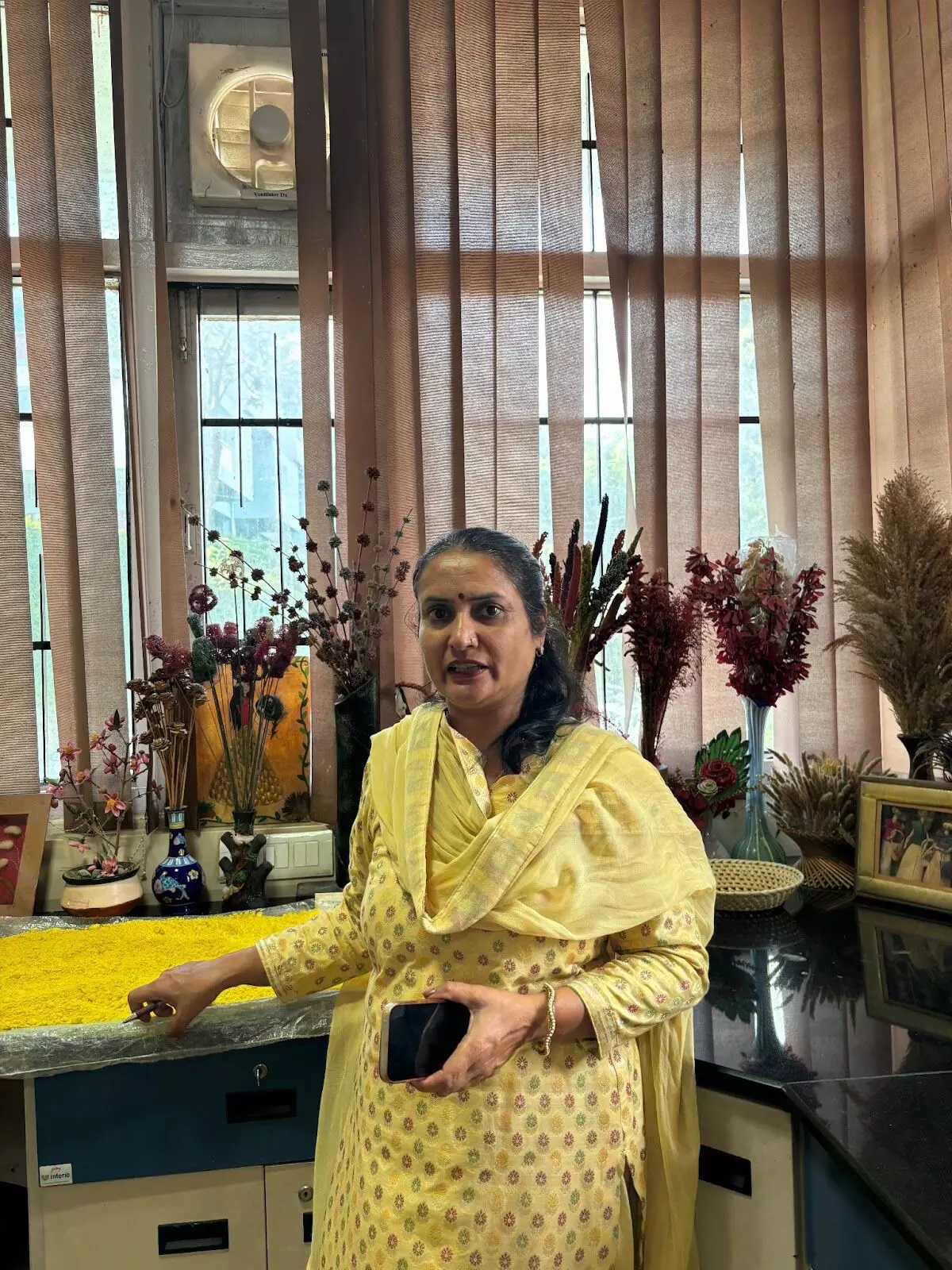
“Among the items, crop residues are used as they are considered waste materials. Mainly, I use my own thought process for the designs. Many raw materials needed here directly come from farmers’ fields,” Kashyap said. The prices of the finished items range from Rs 50 to Rs 2000.
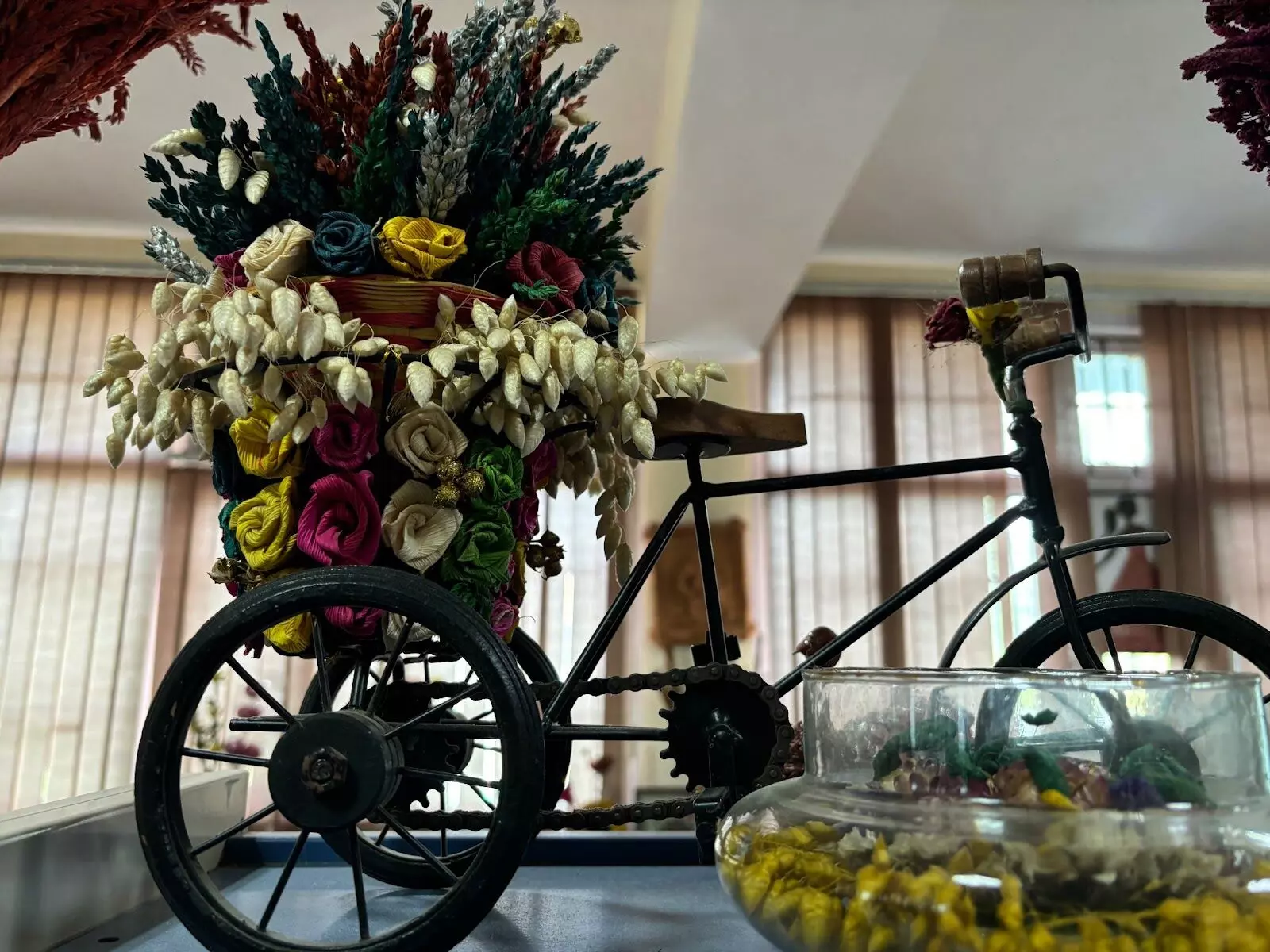
Every day, some items are made in the lab. Kashyap has trained in dry flower arrangements. “I make four-five dry lower baskets daily. Things are sent from here for sale,” she said.
Many products also come to the lab from the university’s trial fields. Dry flower arrangements look attractive and last for a long time.
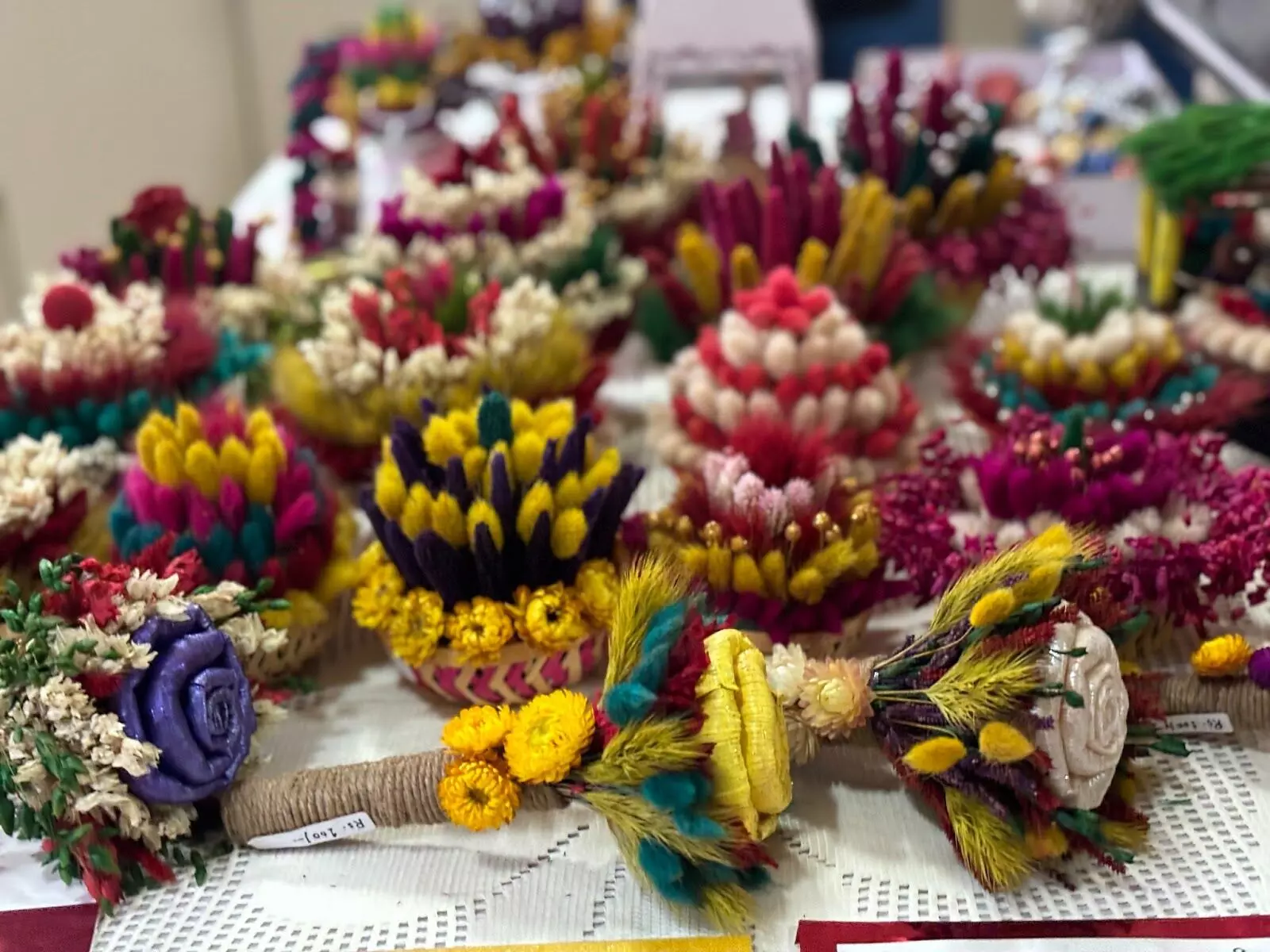
The university’s floral lab has over 250 specimens of dry flower value-added products like dry flower arrangements, dry flower sticks, potpourri, wall pictures, file covers, mirrors and other items.



